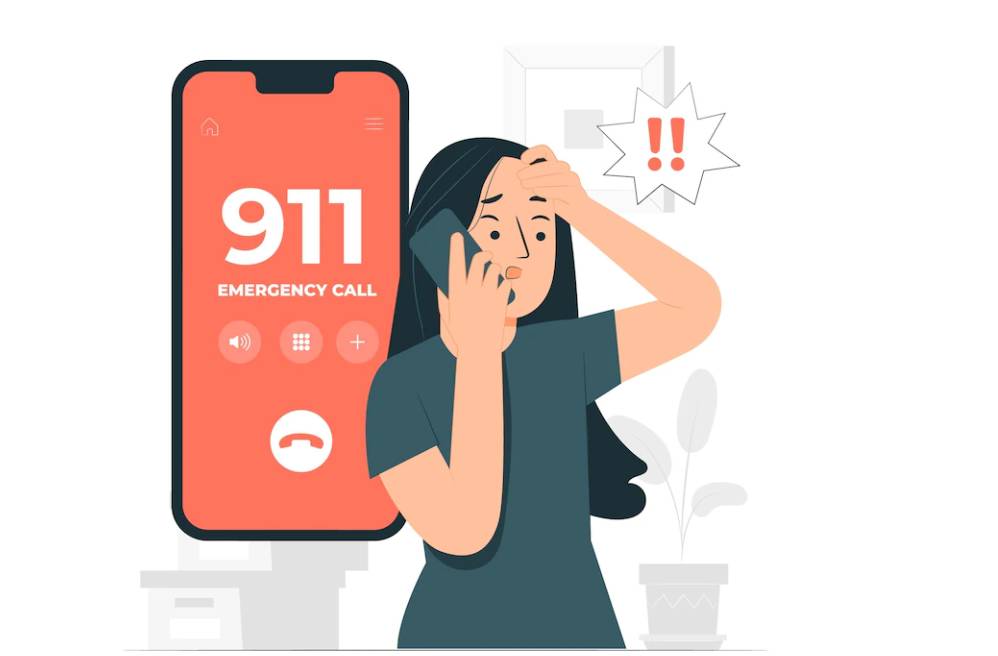First responders ensure that people’s lives are saved, protected, and preserved in an emergency. For first responders, conserving and safeguarding lives must be as efficient as possible. Efficiency is much easier to achieve than ever before with the use of specialized equipment and new technology.
Before the technology of the 21st century, emergency services had a far more challenging time finding, reaching, and resolving emergencies. However, advancements in transportation, GPS, Wi-Fi, and many more have made first responders better equipped than ever when it matters most.
Why are technologies important for first responders?
First responders can reach emergencies and deal with them faster thanks to technologies such as GPS. one such technology that has become quite useful in recent years are Mobile Command Centers.
What is a mobile command center? Mobile command centers are ideal for connecting to the internet in low signal areas, making them ideal for first responders who need to work in rural areas which lack proper signal services while on the go.
It’s hard to imagine what first responders had to go through before they had the convenience and efficiency of today’s technology.
GPS
Imagine navigating your way through a city to find a specific address to save someone’s life post-GPS technology; it sounds complicated, right? However, first responders today are faster than ever because of GPS. This increased response time is more impactful and vital when considering emergencies such as people lost in the wilderness.
GPS also allows a team of first responders to improve how they respond to an emergency. For example, emergency responder vehicles can easily view the location of other responders and communicate with them.
Vehicles and gear
Many first responders respond to different emergencies and subsequently require additional equipment. For example, firefighters, EMTs, and paramedics have different roles when responding to an emergency.
Things such as improved thermal protection inside a firefighting suit have been instrumental in improving firefighter’s efficiency. Furthermore, fire trucks and ambulances have been significantly improved over the years to provide more utility during an emergency.
Machine learning
AI and machine learning are driving forces that push technologies to new heights of versatility. For example, AI within a GPS can access traffic conditions and other factors in real-time to provide first responders with the optimal route.
Furthermore, AI can create analytics to anticipate emergencies, better preparing emergency responders for the situation.
More advanced safety measures
Another significant facet of technology is how it has helped many people live without needing emergency services. For instance, people who have Diabetes now have many ways to monitor their bodies from the comfort of their homes in real-time.
Furthermore, emergency networks have grown with the help of technology, especially in healthcare. Today hospitals and clinics are connected more than ever, thanks to online communications.
Wrap up
First responders save many lives today with vital aid provided by improved technology. The lives of first responders and the people they help have exponentially improved thanks to these advancements.
